Is Cardboard Recyclable? How Is It Properly Disposed?
-
Jeff Weishaupt
- Last updated:

Cardboard is a highly recyclable form of paper with a recycling rate of 96.5%1. The authorities save several cubic yards of landfill space annually by recycling cardboard.
Recycling cardboard to make new paper products is relatively easier than cutting trees for the same purpose. So, if you have tons of cardboard in your home, recycling is the best option to get rid of it at once. However, you must know what type of cardboard can be recycled, how to prepare the cardboard for recycling, and the benefits of doing so.
You should also know how the system works to dispose of cardboard without harming the environment. Let’s explore more about cardboard recycling in this post.
What Types of Cardboard Can Be Recycled?
Cardboard is of two main types, both of which are made of high-quality paper. Both cardboard forms can be recycled if not contaminated with plastic, glass, or other materials.
- Corrugated Cardboard: This is the brown paper used to make packing boxes. Corrugated cardboard consists of a wavy layer of cardboard between inner liner sheets. This makes the material thick, strong, and durable, ideal for transporting goods from one place to another.
- Paperboard: Also known as chipboard or fiberboard, paperboard looks like a regular piece of paper but is a little stronger than it. It is a single grayish cardboard layer used to make lighter and foldable boxes, such as cereal and shoe boxes. You can tear paperboard more easily than corrugated cardboard.
If you don’t know what type of cardboard you have, you can ask a professional to help you sort out the material. Doing so will save you lots of time.
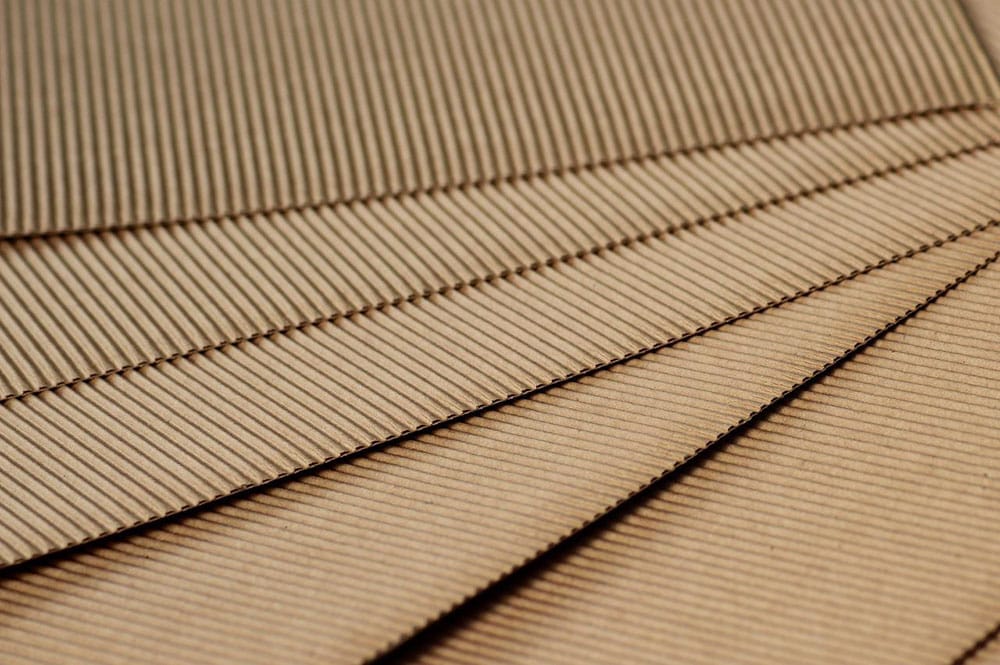
How to Prepare Your Cardboard for Recycling
Recycling cardboard products can save significant landfill space and millions of trees since the material comes from wood fiber. You can recycle almost every type of cardboard product, including tubes, boxes, etc. Some waste management companies may ask you to follow strict requirements, however.
Most of these companies require people to flatten their cardboard boxes before submitting. Some would be fine taking boxes with tapes and labels, while others will refuse to take greasy pizza boxes or waxy cartons.
You can also check with your local municipal waste collection authority before preparing your cardboard boxes for recycling. Here are some general instructions:
- First, remove packing materials, like bubble wrap and Styrofoam, from the cardboard.
- Then, use a box cutter or knife to break the box into multiple pieces.
- Flatten the boxes, arrange them into a pile, and tie them with twine.
- Put the cardboard in the recycling bin and then take it to your nearest recycling center. You can also leave it to get picked up for recycling.
The 7 Steps to Recycle Cardboard
Recycling cardboard is a professional’s job. The process may seem easy, but it is pretty long and consists of multiple steps. The typical process includes the following steps:
1. Collection
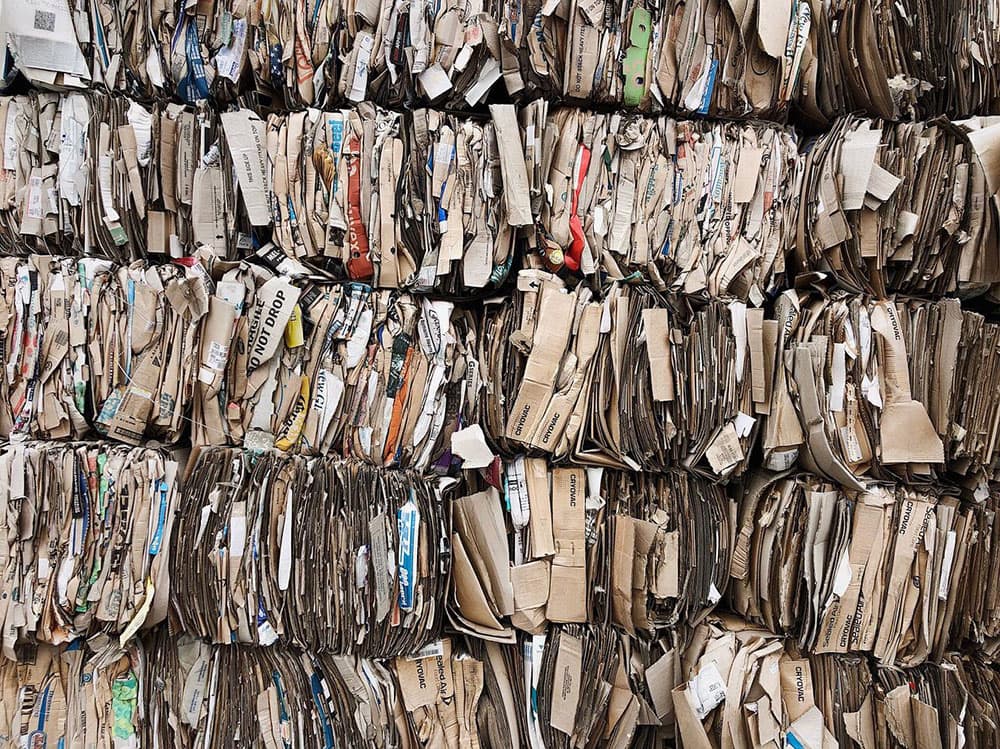
The first step is to submit the cardboard to the local recycling company. If you haven’t already, review your state’s disposal and collection laws now. You can also stop by your local government office and ask about the collection policies.
If you reside in Arizona, you must drop the cardboard and other recyclables at the Materials Recovery Facility. Similarly, your state may have a different facility for this purpose.
2. Storage
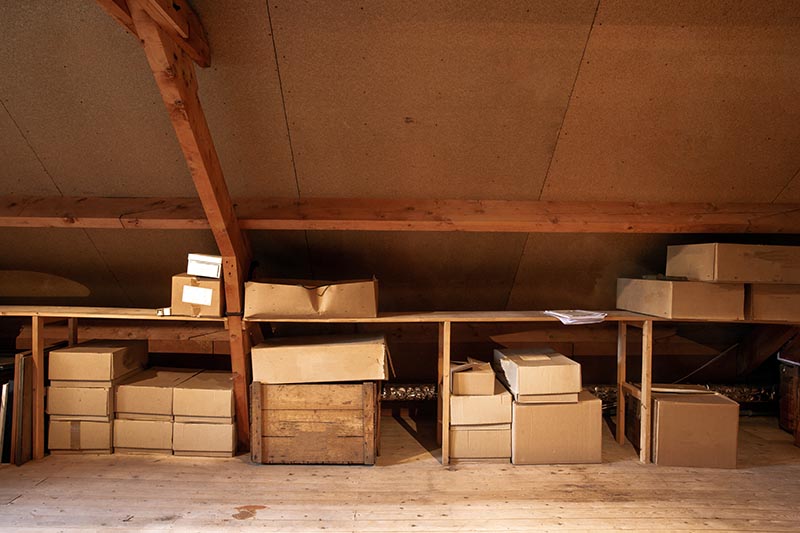
The next step is to store your cardboard in the right place. The optimal storage location for cardboard is an open space because it doesn’t make the boxes wet or contaminated with plastic or other non-cardboard materials.
3. Sorting
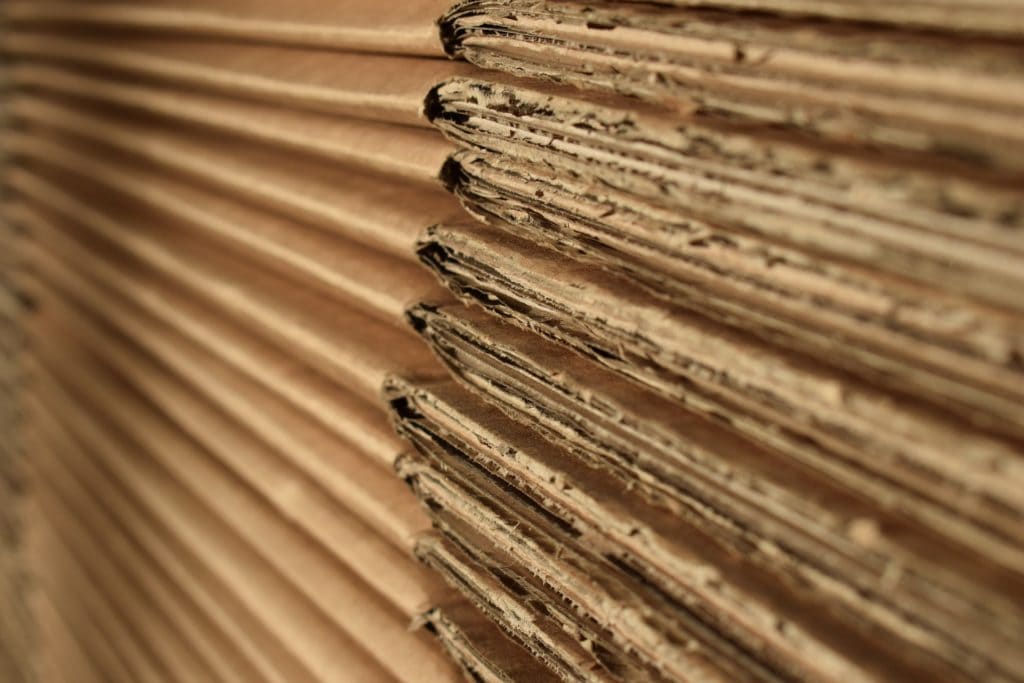
When your pickup company’s truck arrives to take the cardboard, you need to ensure that the professionals know how to sort different types of cardboard. Sorting is performed before loading the stuff into the truck.
For instance, corrugated boxes can be broken and recycled multiple times. However, they won’t get recycled if other cardboard materials mix with them. That’s why sorting cardboard is essential.
4. Crushing
As the trucks reach the recycling facility, the cardboard is unloaded and sent for crushing. Since it is made from paper pulp, it must be crushed into small pieces before being processed and reused. This process is crucial in cutting down costs. The better it goes, the more transit costs you save.
5. Moisture Removal

The cardboard is then treated in a water separator to remove all the excess moisture. This stage is critical in reducing the weight and volume of the cardboard so that transporting it becomes easier and less costly.
6. Pulping
Once the moisture is removed, the cardboard is sent through a pulper machine that breaks the remaining paper lumps. Pulping ensures that the recycled cardboard is free of water. After pulping, the residual water in the sheets is drained completely.
7. Shredding

The last and final stage is breaking or shredding the paper into smaller pieces via a shredder. The type of shredder used in this stage varies depending on what you want to do with the pulped cardboard. For example, making paper or new cardboard boxes out of it.
Once shredded, the paper pulp is mixed with water before transforming into a new product. Many companies also add different chemicals to make varying products out of paper pulp.
What Cardboard Products Can’t Be Recycled?
In some instances, you may not be able to recycle a cardboard product because of your local government’s rules. The regulations for cardboard recycling vary depending on the state.
Generally, there are a few cardboard products that you can’t recycle. These include:
- Pizza Boxes: These boxes or containers contain grease, which is considered contamination at recycling facilities. However, some commercial compost centers accept greasy stains on pizza boxes as they’re a good carbon source. You can remove the greased or soiled areas of cardboard and recycle the remaining box.
- Juice or Milk Cartons: Cardboard products like juice or milk cartons have a wax coating. Most recycling facilities consider wax contamination. You can identify whether the box qualifies for contamination by looking for a recycling symbol (a triangle with three arrows) or specific instructions.
- Wet Cardboard: Most facilities don’t accept wet cardboard or paperboard. This type of cardboard contains weak fibers and unnecessary weight due to additional moisture. This devalues the cardboard for recycling centers.
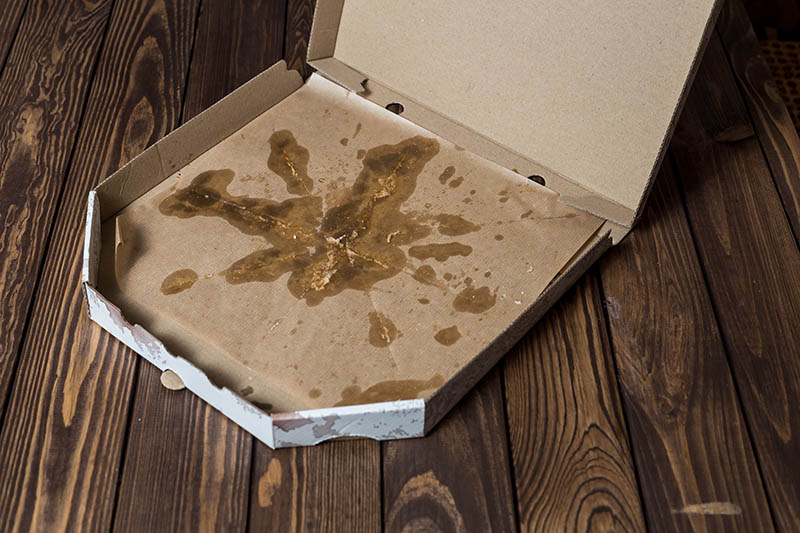
Why Should You Recycle Cardboard?
Now that you know everything about recycling, you may wonder why you even have to recycle cardboard in the first place. After all, you can just put it outside for the garbage company to pick up.
But if you dispose of cardboard, you can get tons of benefits for the environment and yourself. Here are a few reasons you should always recycle cardboard:
- Waste Reduction: A majority of used cardboard does not get recycled in the US. In fact, the extended producer responsibility laws also don’t oblige manufacturers to take their packaging back after the customers use it. This reduces waste and resource consumption as companies only have to produce the number of packaging boxes needed.
- Landfill Space: Cardboard recycling reduces the amount of cardboard waste getting dumped in landfills. In fact, one ton of recycled paper is believed to save about 3 cubic yards of landfill area. This way, it supports cleanliness and a healthy environment.
- Energy Conservation: You’ll be surprised to know that recycling cardboard only consumes 75% of the energy consumed in making new cardboard. Also, the process requires 50% less electricity and 90% less water to make new cardboard materials.
- Trees Conservation: As you know, cardboard and paper are derived from trees. With cardboard recycling, we can significantly save many trees being cut down yearly to make paper. This is a major step towards establishing a safe environment since trees can also prevent global warming. According to estimations, 1 ton of recycled cardboard can save about 12–31 trees.
- A Revenue Source: Cardboard recycling can also become a source of revenue for your business instead of an expense. You can keep recycling the boxes for packing or storing them and turn them into new products.
Conclusion
Cardboard is of two major types: corrugated and paperboard. Both can be easily recycled at your nearest waste management facility or local recycling center. However, some cardboard items can’t be recycled. These include greased pizza boxes, wet cardboard, and waxy juice cartons.
You can contact professional recycling professionals to sort out your boxes. The typical cardboard recycling process includes 7 steps: collection, storage, sorting, crushing, de-watering, pulping, and shredding.
Featured Image Credit: Karolina Grabowska, Pexels
Contents
